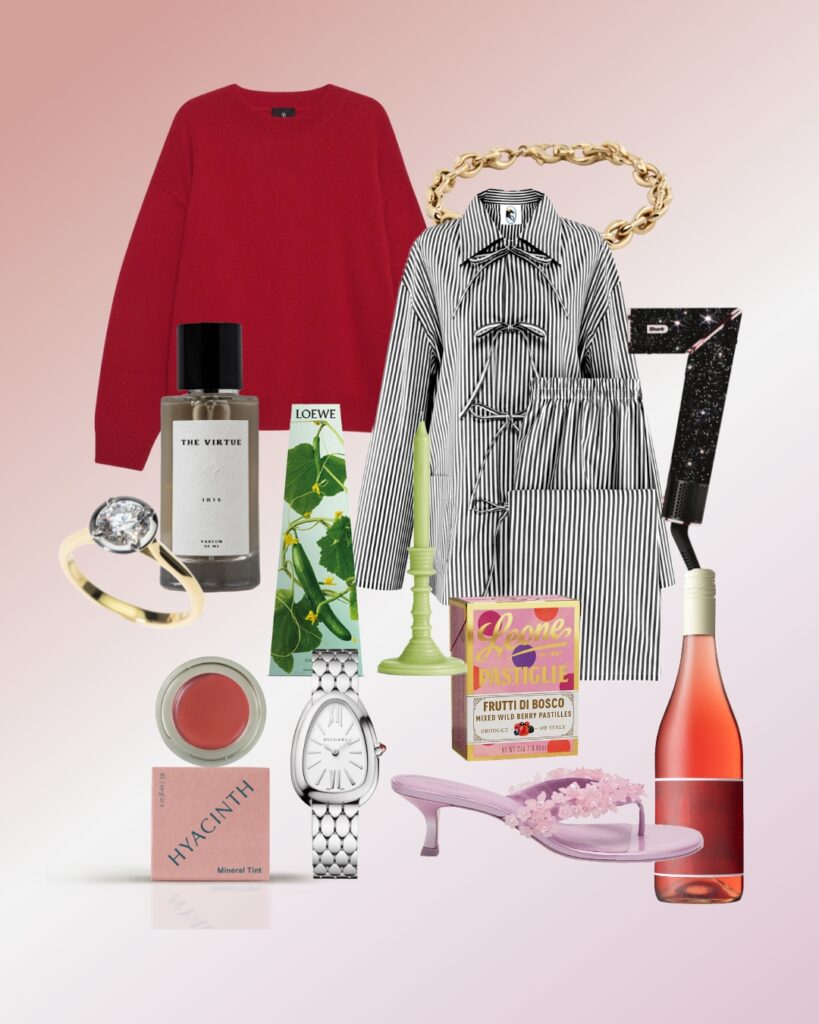The new beauty challenges faced by high-definition technology are met with new tricks and cosmetics so you’ll always be camera ready

Imagine your face projected on a high-definition screen the size of a Times Square jumbotron, many storeys high. What’s the first thing you see? Hopefully it’s your hot self looking dang good if you do say so yourself, but if it’s pores the size of dinner plates or eye crinkles deep enough to drive a digger through, well, we feel you. And what’s that weird shiny patch right there on your forehead?
Most of us are never in focus to that degree, although we are on screen regularly in our own reality show, where the viewers hold our faces in the palm of their hand. Selfies, #squad portraits, wedding photos, work Christmas party snaps (or, God forbid, video) on the office Intranet forever-more, they’re all part of daily life for many of us. Today’s advanced technology that captures and projects these moments casts a brutally honest focus on every last detail, and that includes your features. Phones – used to take photos more often than cameras – now have a staggering number of megapixels, and the ability to record video in high resolution. And HD TV screens are becoming more defined by the day!
These technological developments are part of the reason there’s been an influx of cosmetics promising ‘HD-ready’ formulas. Pigment-dense and refined in texture, many are skin perfectors and foundations created to offer superior comfort, weight, shade selection, coverage and finish. Beauty professionals who work behind the scenes in TV and film production will tell you that new HD presents them with very real challenges and their work requires a new approach to makeup for screen.
Maya Bailey, designer and head of hair and makeup for TV productions such as Westside by South Pacific Pictures, confirms the new resolutions put actors – and her handiwork – under a microscope, and it means that the old ways of doing things won’t always cut it anymore. “When you are working in HD you want the makeup to cover and correct as needed but also to appear naturally enhanced,” she explains. “Older style bases would often appear caked and would need a lot of powder to set them, which the camera would then read as chalky. “A huge challenge with certain HD cameras is how they interpret yellow and red in the actors’ skin tones. It is something I am constantly monitoring and camera testing to keep the skin tones natural in colour.”
And it’s not just foundation and concealer that appear differently on screen. Shine is hyper-amplified. “HD cameras enhance colour and interpret shimmer or glossy finishes differently from film or the old video. Thankfully, the old-style shimmer highlights, ultra-glossy lipstick and glosses or high shimmer blush are not so on-trend anymore.”
L’Oréal Paris New Zealand makeup director Lisa Matson is a key makeup artist at TVNZ. Working with the network’s top presenters for live television, she needs to ensure those recognisable faces look their best and any flaws are concealed. “When you see a face close up in high definition, every little detail is heightened,” she says, pointing out that studio lighting makes skin look unnaturally shiny, washed out and that imperfections become screamingly obvious. “You see more than you would with the naked eye. Makeup has to be more refined, less heavy and attention to detail and finish is essential.” To achieve this, Lisa says much of the work goes into creating a smooth canvas with skincare and primers, as well as new-gen foundations and powders that cover without looking heavy.
Lisa uses L’Oréal’s Infallible products for their long-wearing abilities, and rates the brand’s new mattifying primer. “It gives skin a matte finish and helps keep shine at bay. You dab it onto the areas that get excessively shiny, like the T-zone, and blend into the skin before applying foundation.”
Maya says she is the “ultimate consumer” and tries almost every new product on the market, adding those that shape up to her specific demands – designed for HD or not – to her tool kit. Much of her expertise is about application, so she predominantly uses consumer products from the likes of MAC, Nars, Armani, Hourglass, Ellis Faas, Dermalogica and Stila, but tinkers with them to achieve the consistency and effect she requires. “We have a kit stocked with so many options that we can mix foundations, lip colours, or concealers to exactly the right tone required.”
That said, there are some products that have made her life easier. “A lot of the modern bases need minimal powder to finish and still allow the skin to have dimension and warmth and the new translucent no-colour powders are so weightless that you do not see them at all.”
Maya uses cream-based eyeshadows and cheek colours for natural dimension and blot papers are also indispensable for maintaining continuity. “They’re a fantastic way of controlling shine under the lights without adding more and more makeup. Often an actor’s makeup is applied in the early morning and they are on set for up to 12 hours. A facial mist to refresh the makeup is great when the base starts to slide away or appear too heavy, and also using products that you can build and then buff away is a must.”
Given that the experts use consumer products, the same items most definitely apply to us in real life. However, when it comes to appearing on your own screen there is one asset that a makeup artist or a miracle product cannot compete with. There’s nothing like a good Instagram filter.










